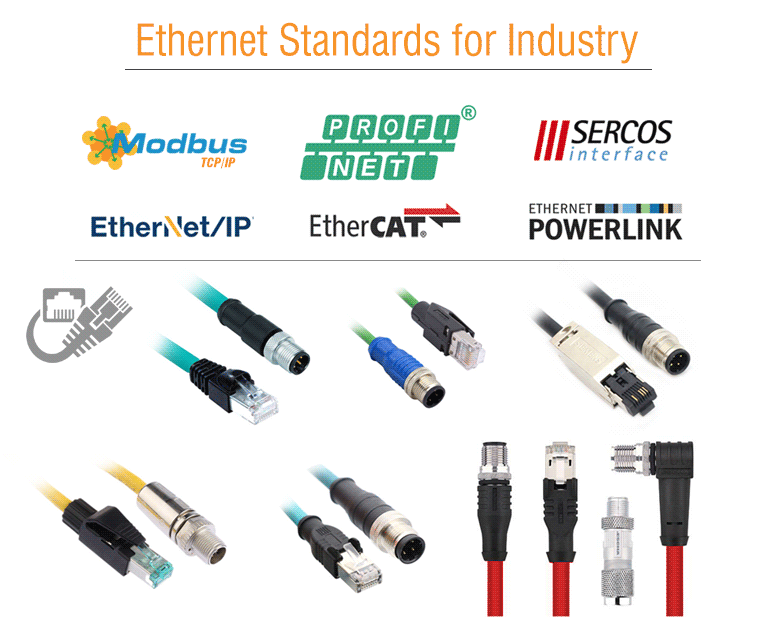Ethernet Standards
A White Paper done by KingStar - 5 Real-Time, Ethernet-Based Fieldbuses Compared. WHICH STANDARD STANDS APART?
Which Ethernet Standard Stands Apart?
The following is a re-publishing of the White Paper by KingStar 2015/2016 that compares 5 Ethernet-Based Fieldbuses and renders their verdict. And it is clear.

What's In the Comparison?
Which Standard Stands Apart?
-
Part I - Selecting The Most Viable Real-Time Ethernet Fieldbus Standard
- The Evolution of Real-Time Ethernet Fieldbuses
- The Long-Term Strategic Importance of Selecting The Most Viable Ethernet Fieldbus Standard
-
Part II - Introduction of Real-Time Ethernet-Based Standards
-
Part III - Fieldbus Scorecard – Price/Performance and Market Acceptance
NOTE: This is a republishing of a Whitepaper by KingStar, 2015/2016. It remains unchanged, unedited, in it's entirety.
Ethernet-based technologies have long been game changers. When first introduced, Ethernet innovated local area networks, and by extension broadband networks. Now key components of the Ethernet ecosystem are being used to innovate industrial fieldbus networks. Typically, industrial automation and machine controls relied on proprietary networks to connect machine controllers to remote components. Now new protocols have emerged that capitalize on the Ethernet standard to deliver breakthrough price and performance.
Machine builders that adopt the right real-time Ethernet fieldbus standard will enjoy a marked competitive advantage in both price and performance when compared to any other fieldbus.
The challenge for these equipment manufacturers is that there are so many different Ethernet fieldbus standards competing to be the most valuable and viable. In a crowded market, it’s hard to know which standard to select. Adopting the wrong standard means unnecessary cost and sacrificing competitive advantage due to slower performance.
This paper examines five different important protocols that have emerged as contenders to offer the best price/performance open standard for real-time Ethernet fieldbuses. In alphabetical order, the standards being compared are EtherCAT, EtherNet/IP, Ethernet Powerlink, PROFINET IRT, and SERCOS III. There are other technologies that leverage Ethernet as well, but their components are not sufficiently published, downloadable or promulgated in the open source community to be considered standard and open. This paper does not address these proprietary technologies, including Mitsubishi’s CC Link Field and Yaskawa’s Mechatrolink III.
One of the five real-time Ethernet fieldbus standards has achieved a tipping point of acceptance. Cutting through all the marketing clutter, it becomes clear that EtherCAT offers both superior performance and market acceptance. Its performance is an order of magnitude better than Ethernet IP and Powerlink. And while PROFINET IRT and SERCOS III offer nearly equivalent performance characteristics, EtherCAT offers a more “open” solution at far lower cost than both PROFINET IRT and SERCOS III. From a technology and price/performance standpoint, EtherCAT is far superior. And the market agrees. EtherCAT has been adopted by 10 times more servo drive and IO suppliers than any of other standard.
Any machine builder that is considering the adoption of a real-time fieldbus technology should choose EtherCAT to deliver the best price/performance and the best long-term value. This white paper offers the evidence for this recommendation by providing a description of distinguishing features of each standard, comparing the performance and price/performance, and by tabulating market adoption rates.
Talk to us. We speak industrial data communications.
